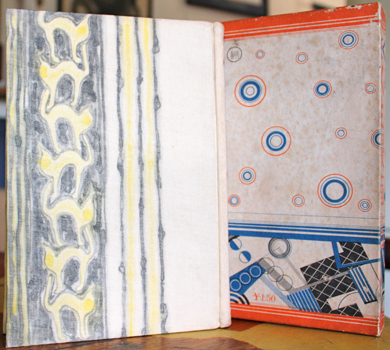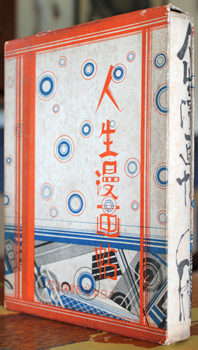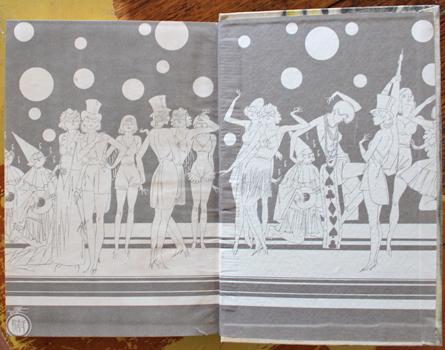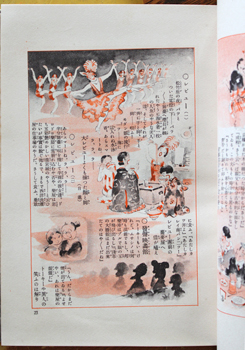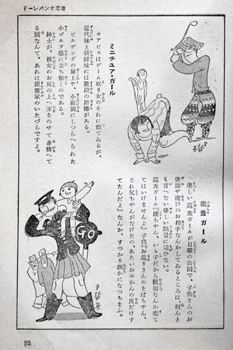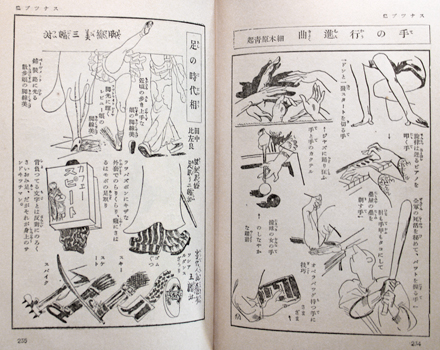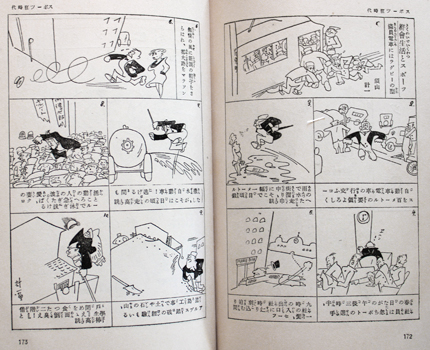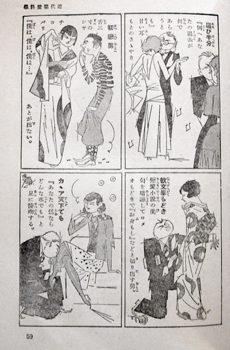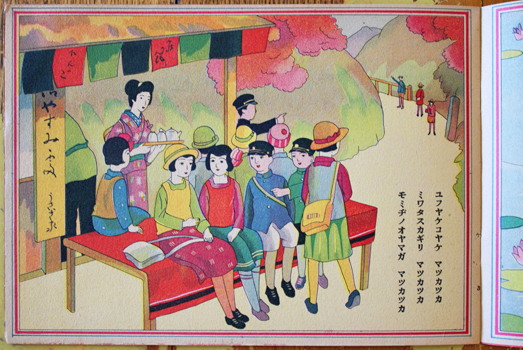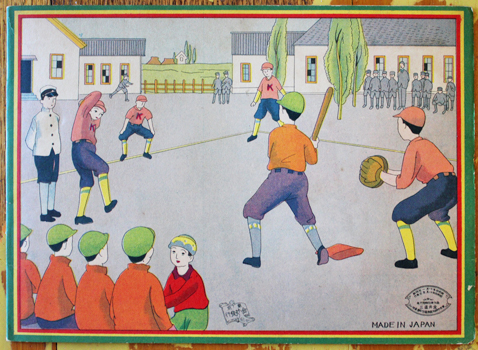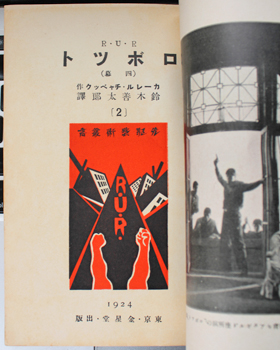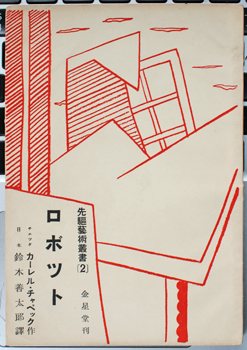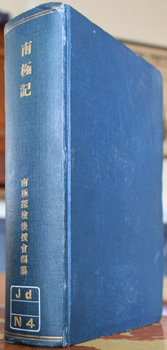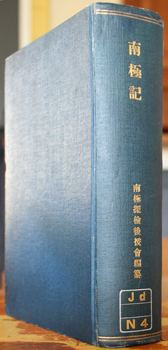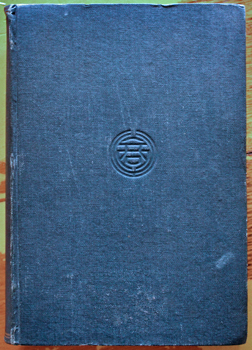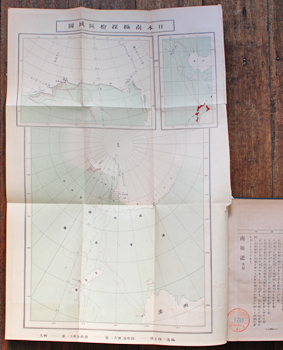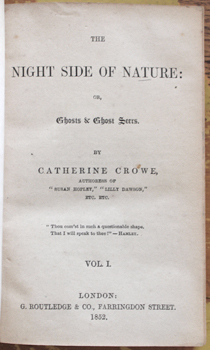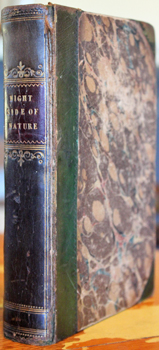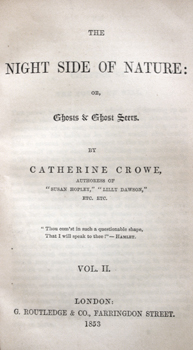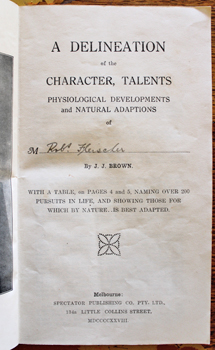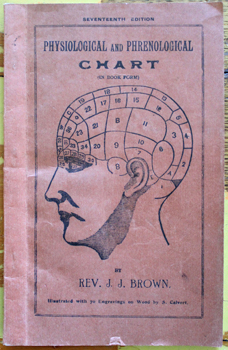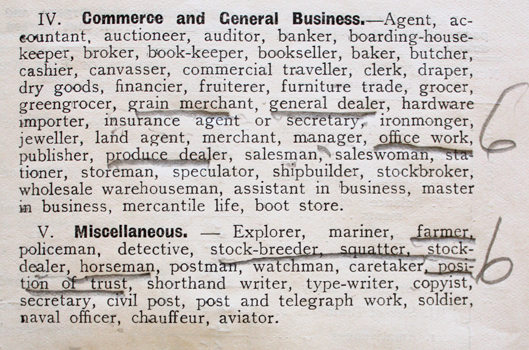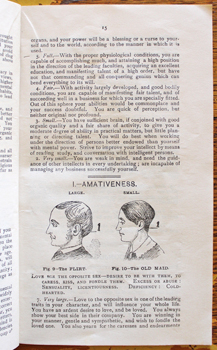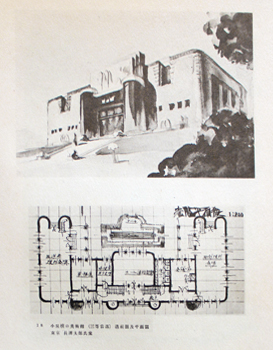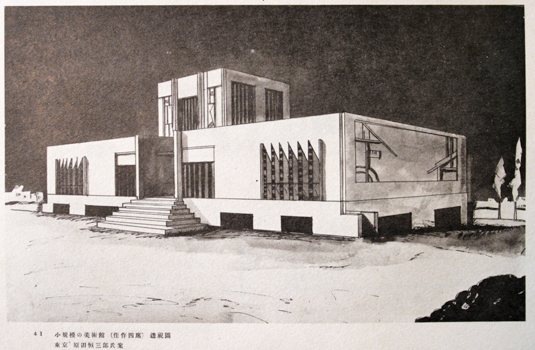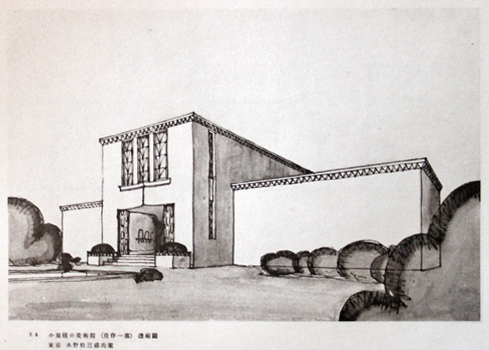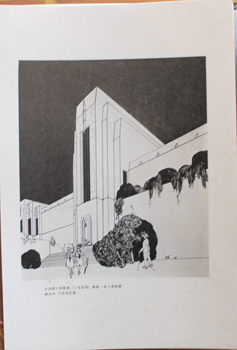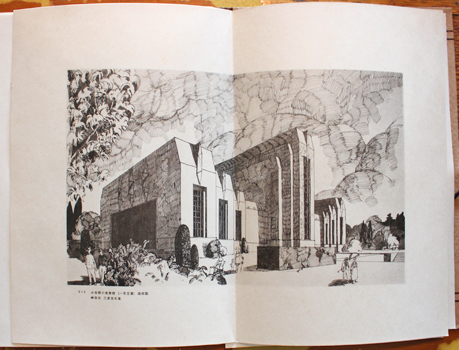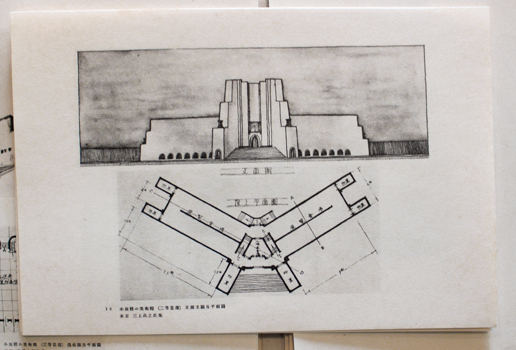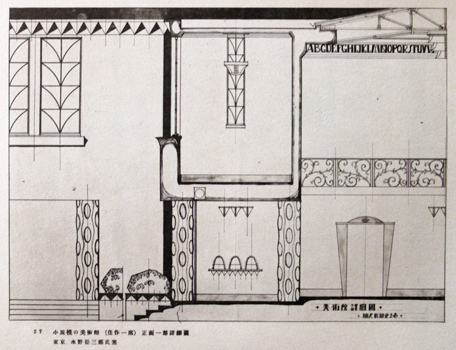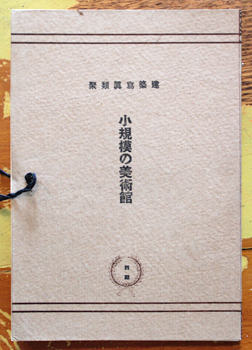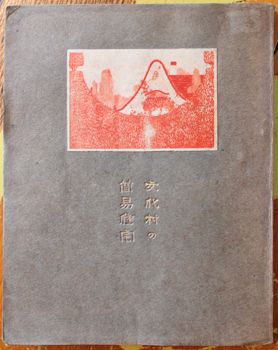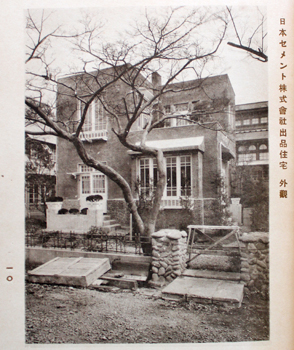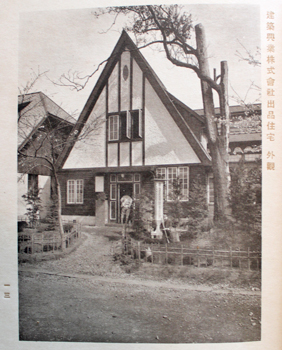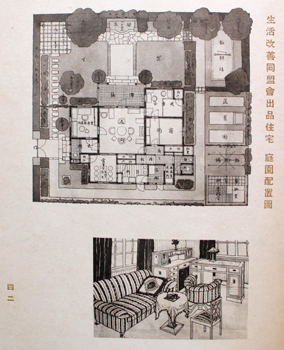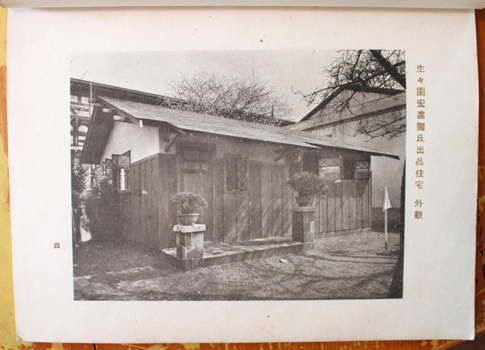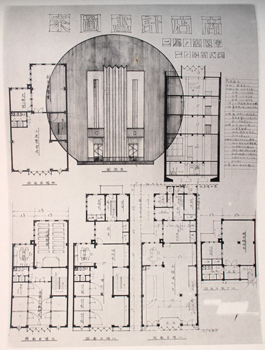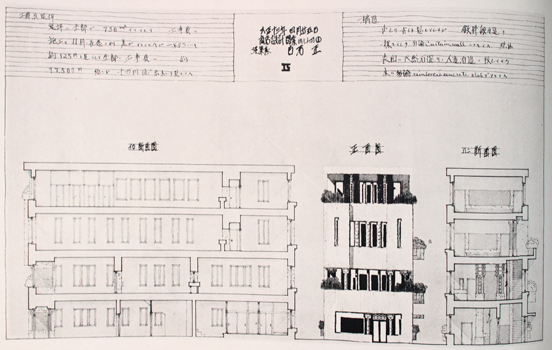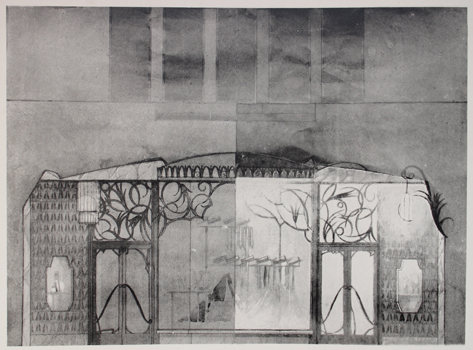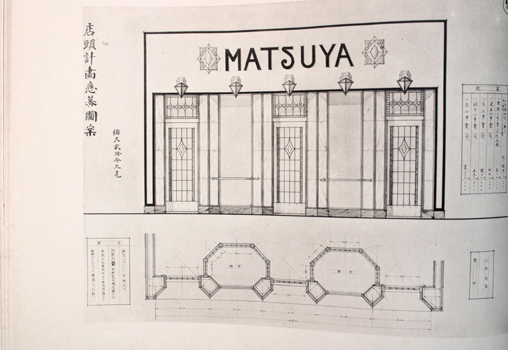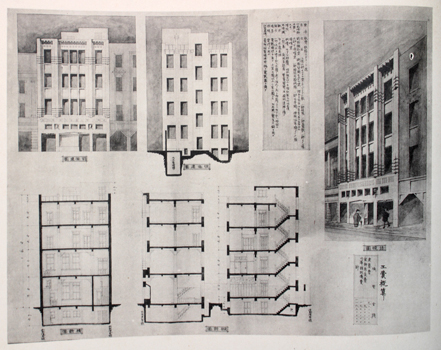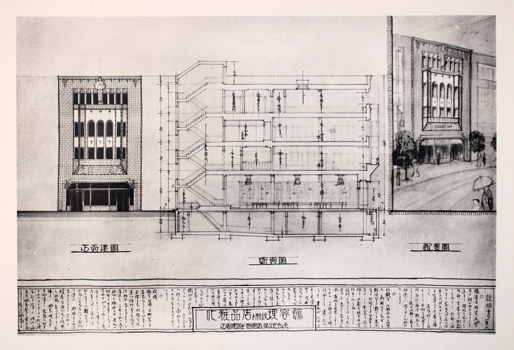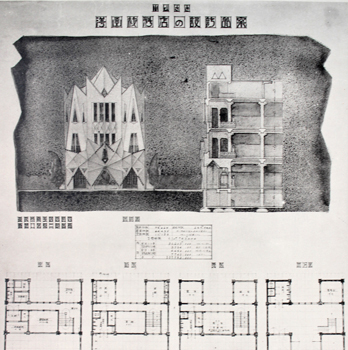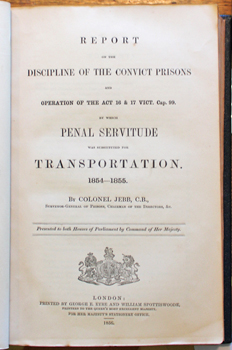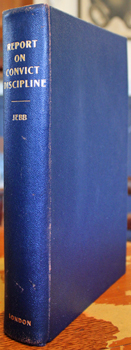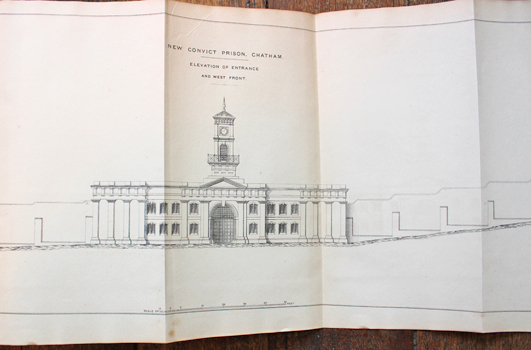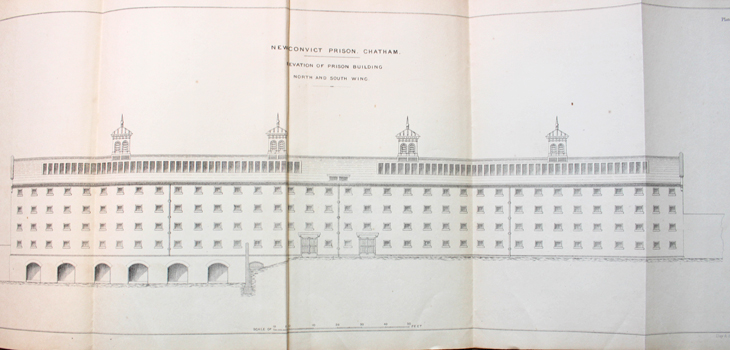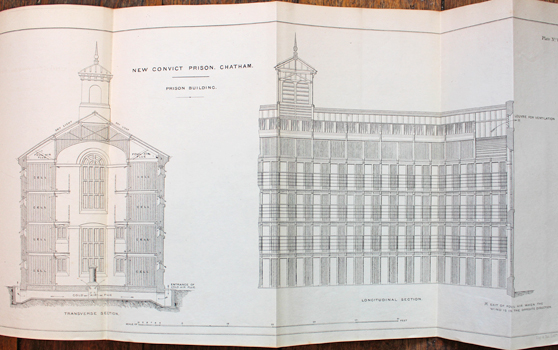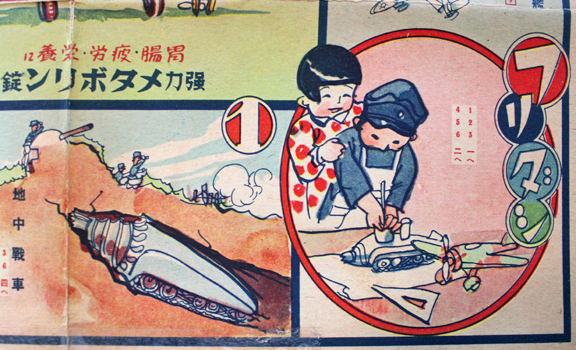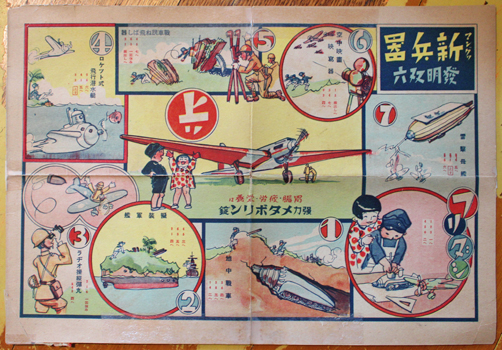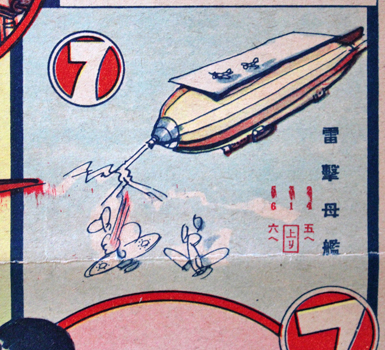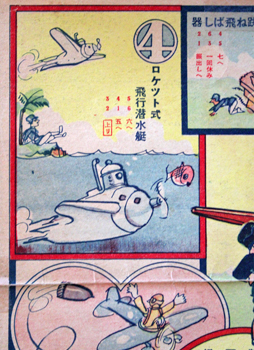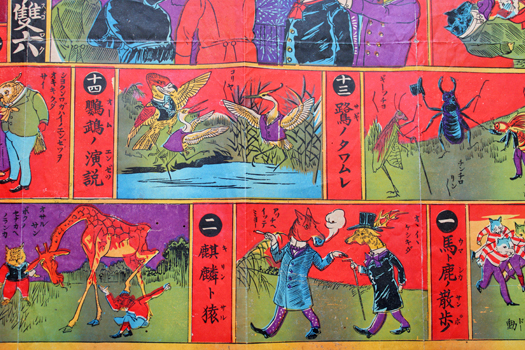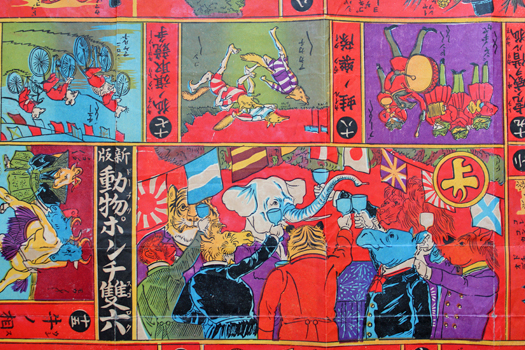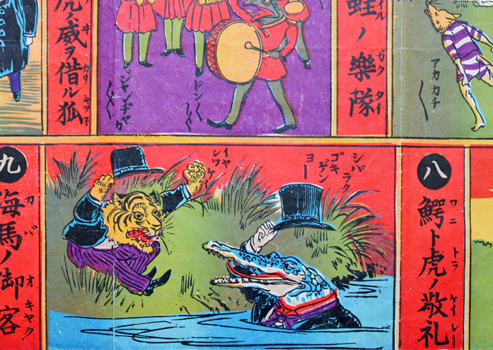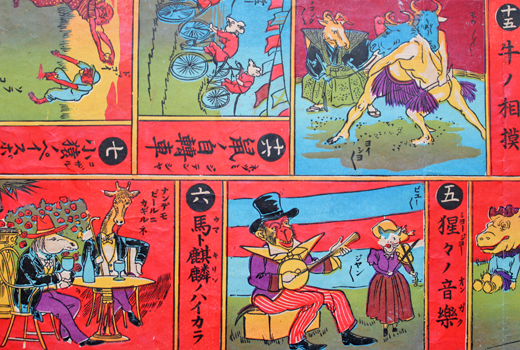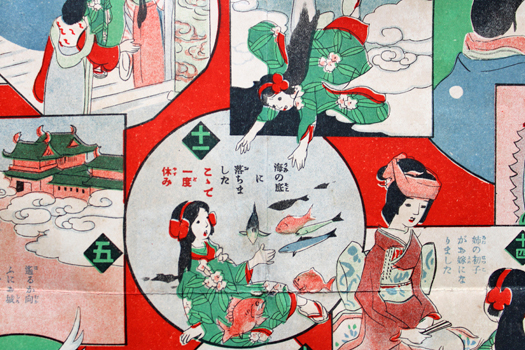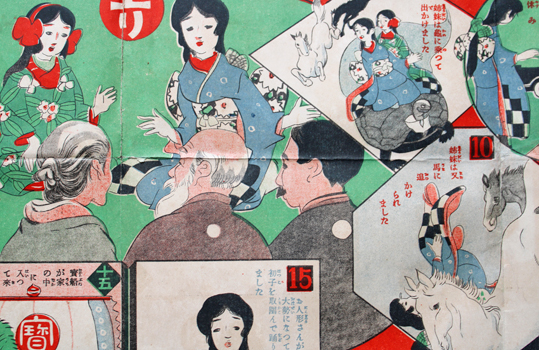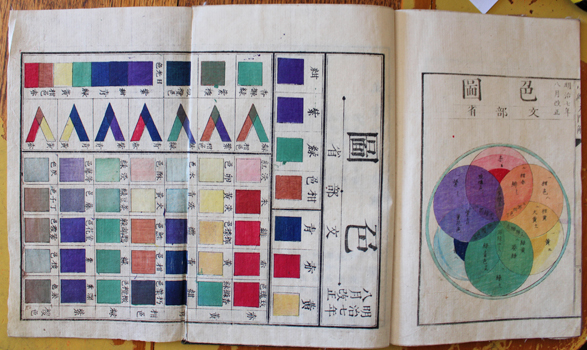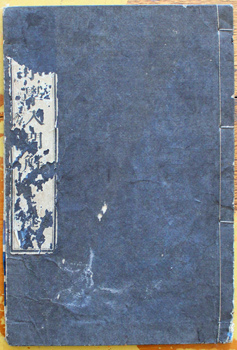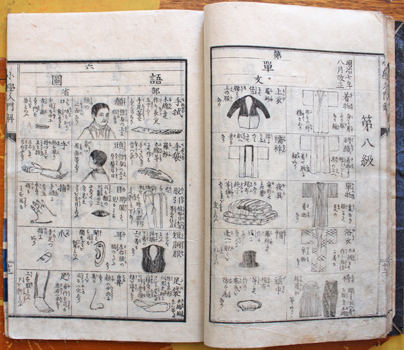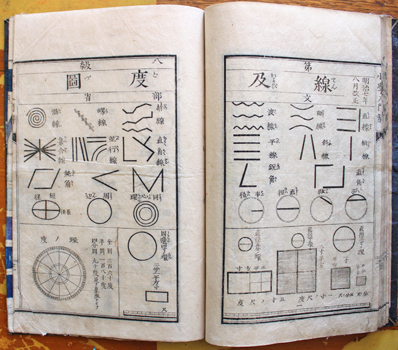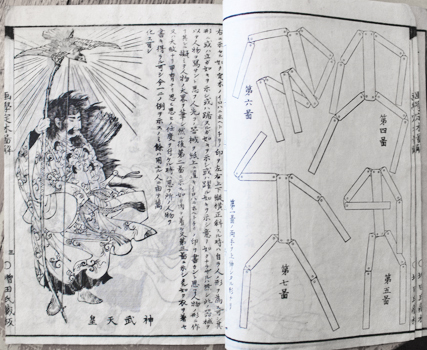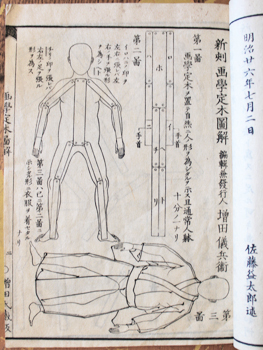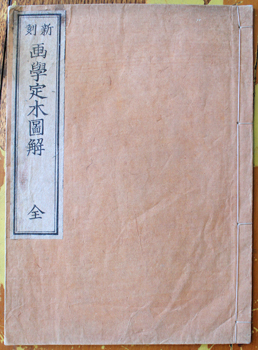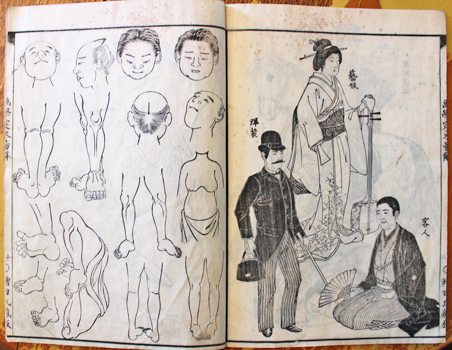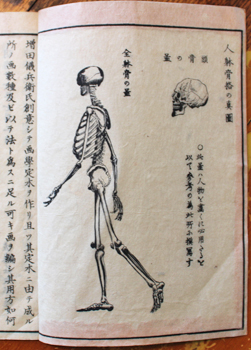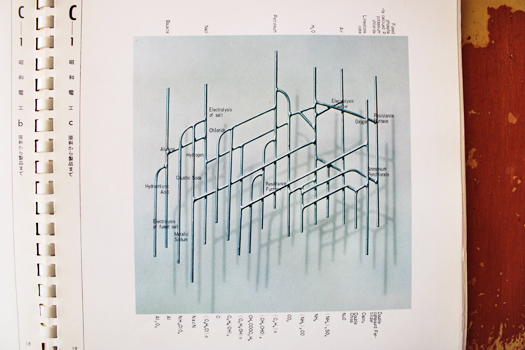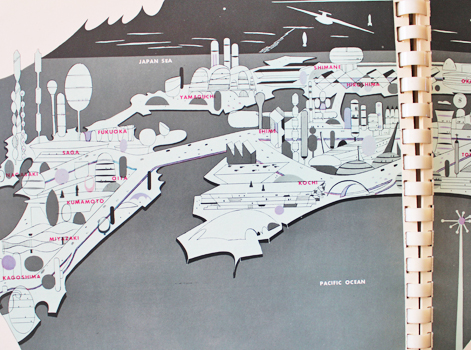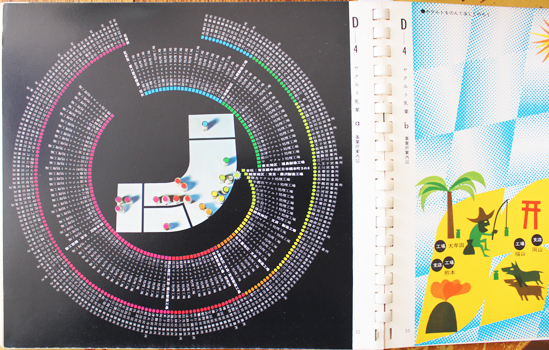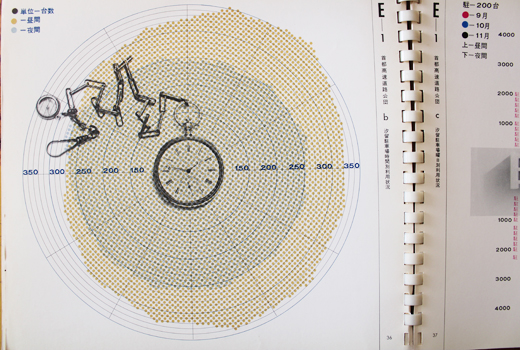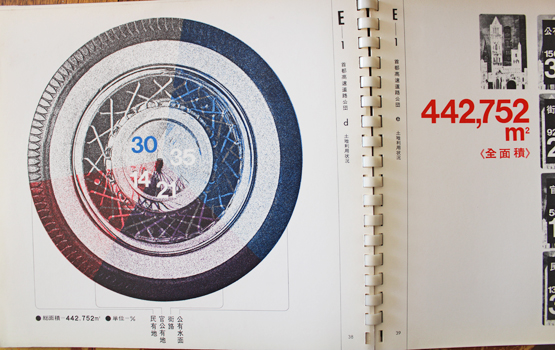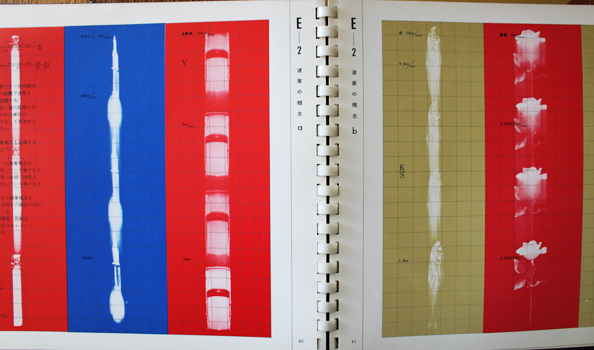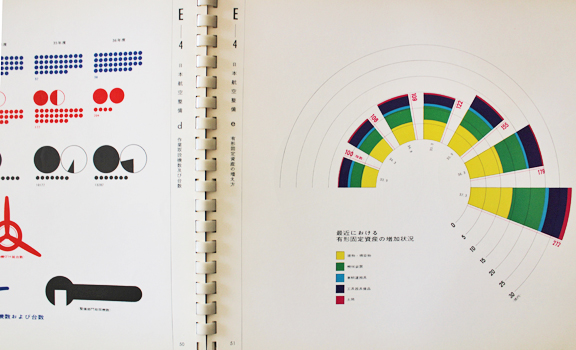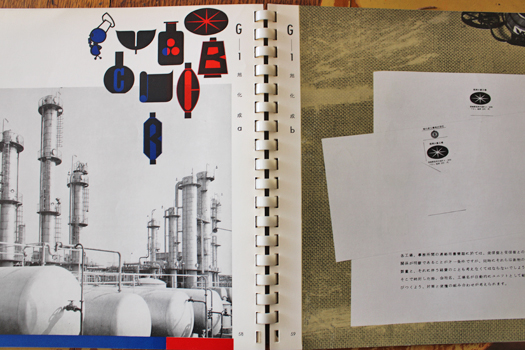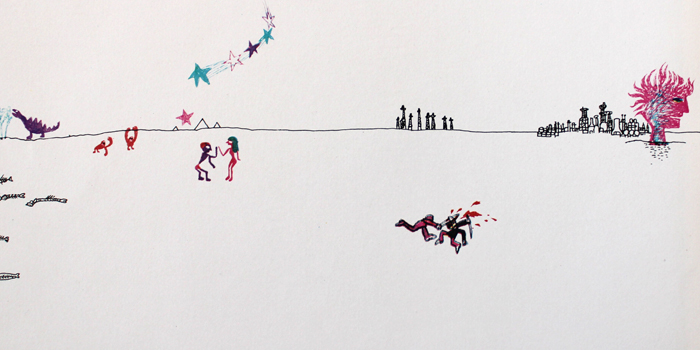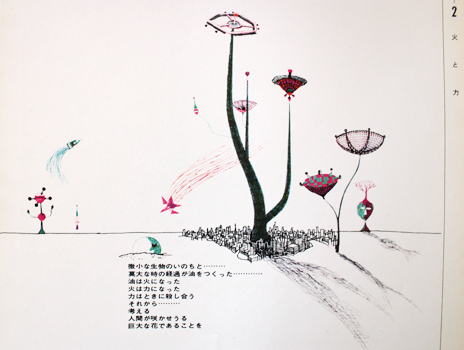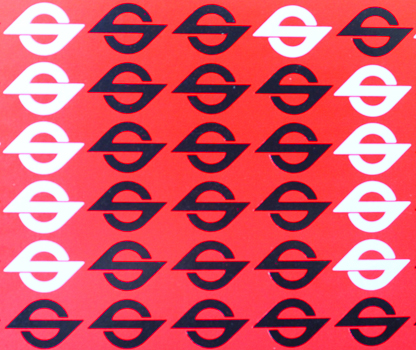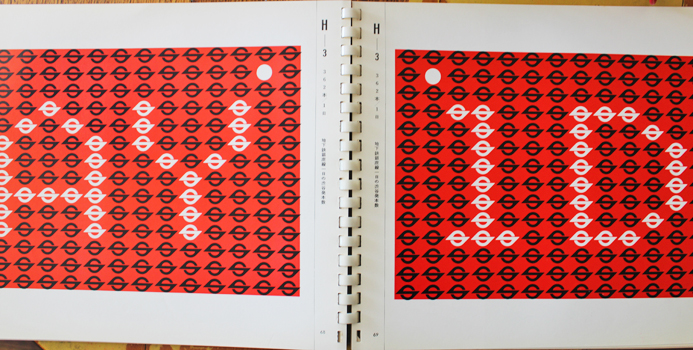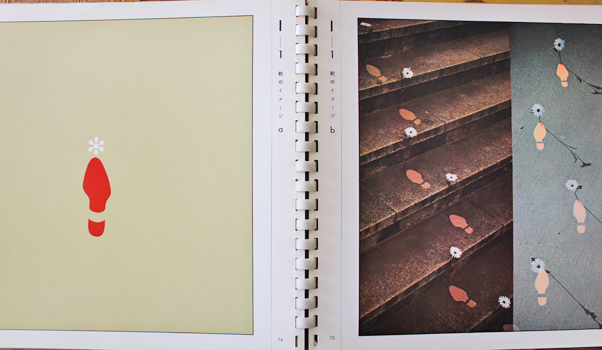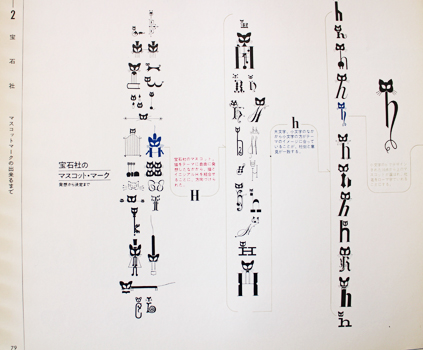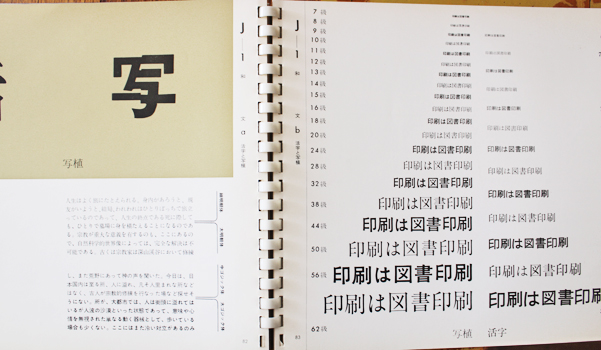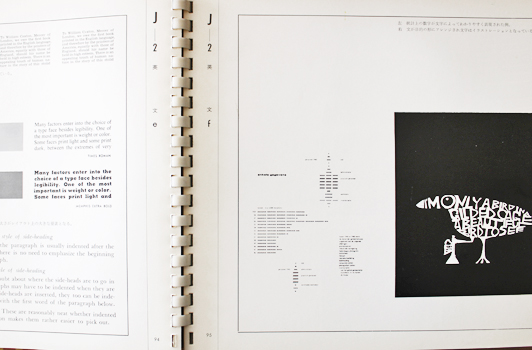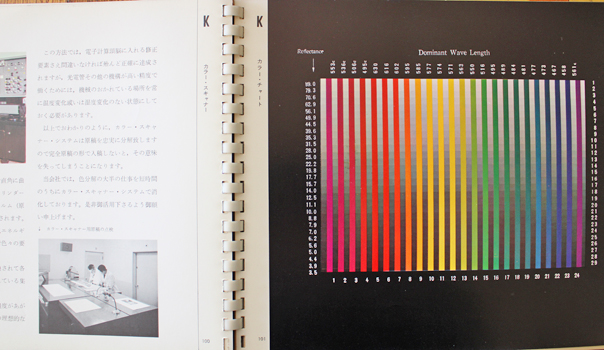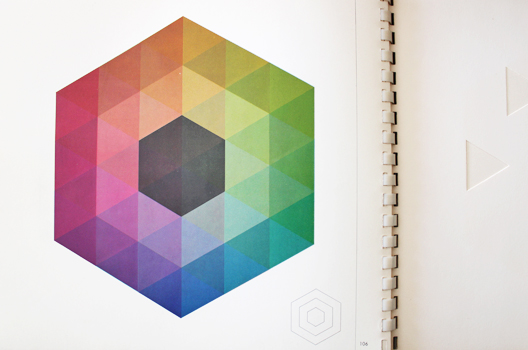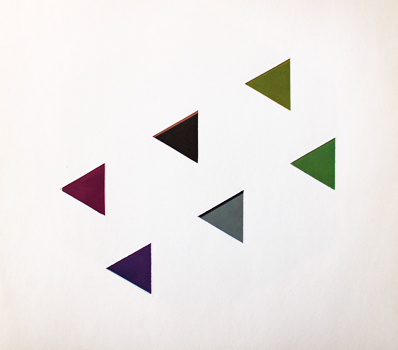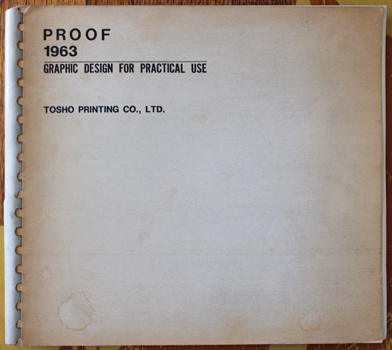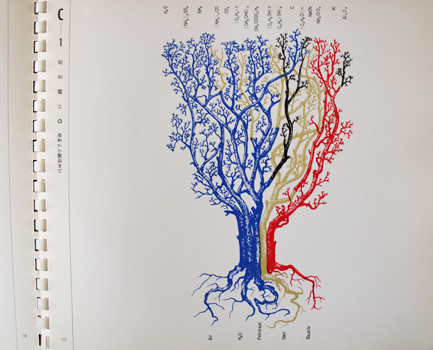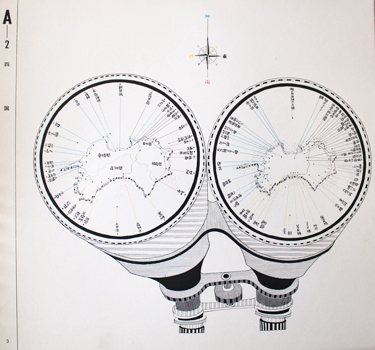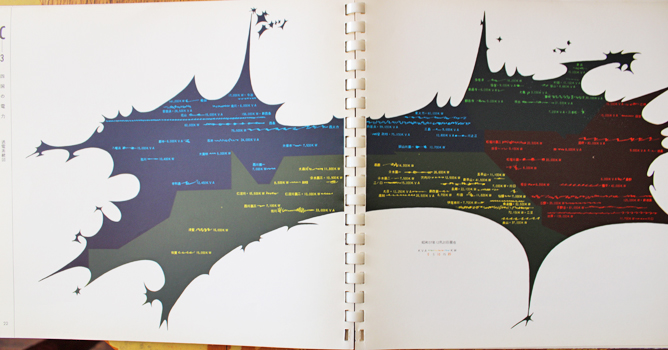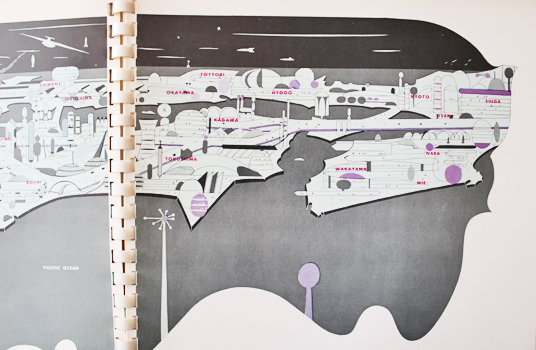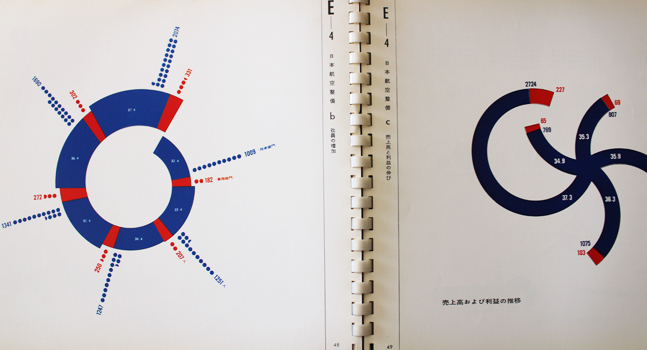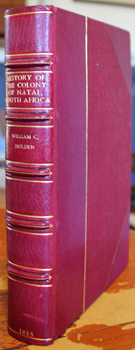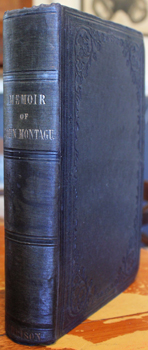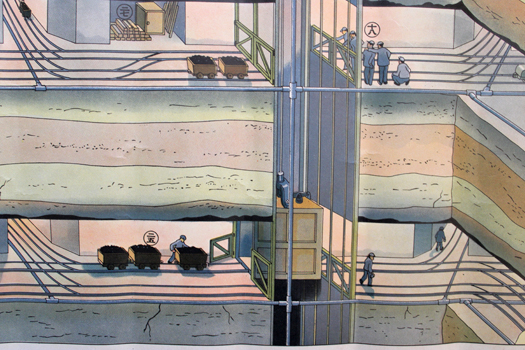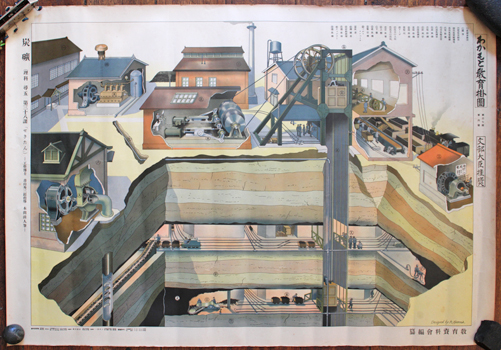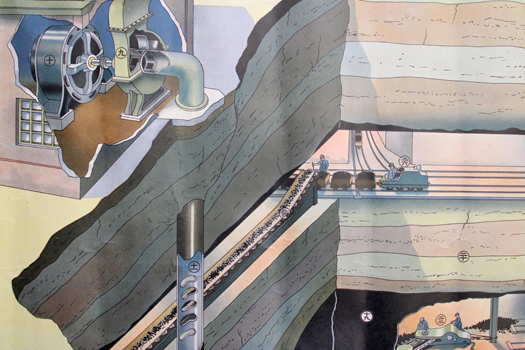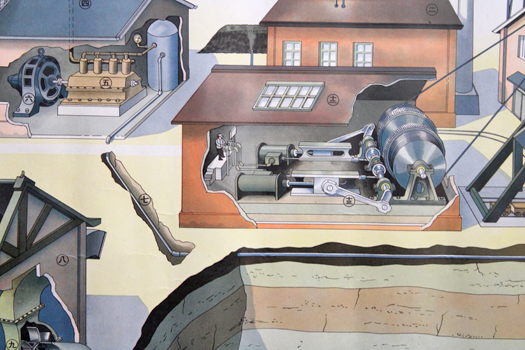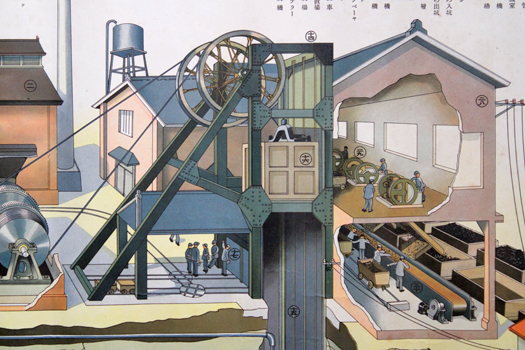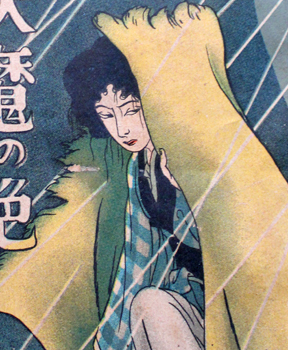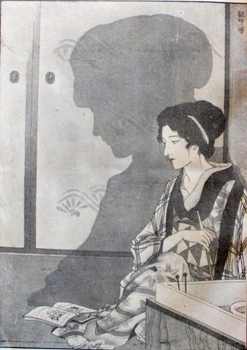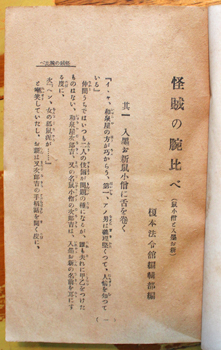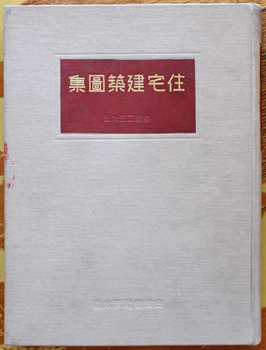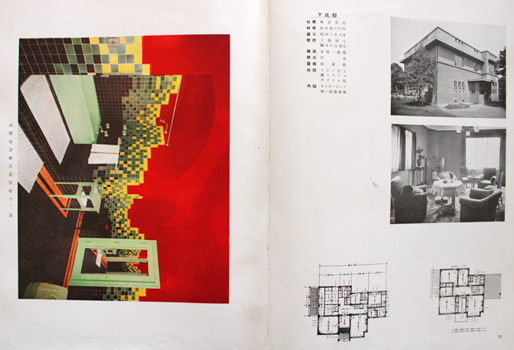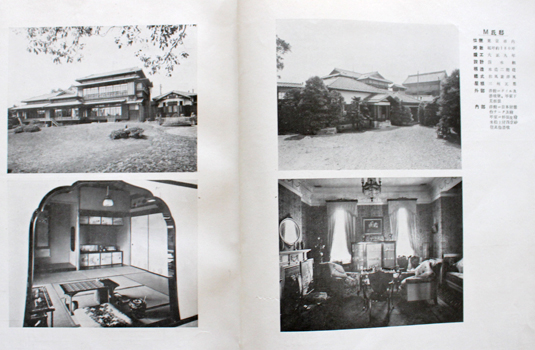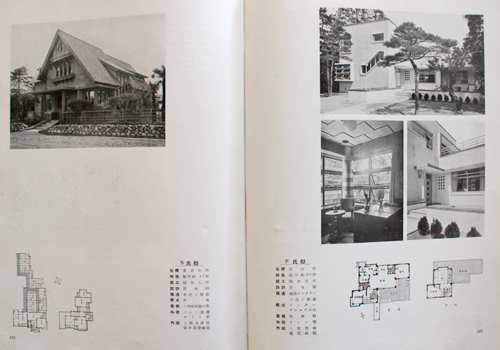[GASPEY, Thomas]. The History of George Godfrey. Written by himself. London, Colburn 1828. Three volumes octavo, recent half calf. Half titles in volumes two and three, not one, as seems proper. A marginal tidemark in a couple of sections toward the end of volume III, stains from the original leather corners at each end; a rather good, fresh copy.
On the blank before the title is, in a miniscule hand, something of a review of the book by, I presume, the original reader in which remarks are made about easy recognition of several respectable London criminals: stock brokers, auctioneers, lawyers, police magistrates, ministers, and the like. And the original of Mr Haversham. Au$2250
Only edition until recent reprints of this rare picaresque crime thriller, usually pulled out by academics as a pioneer Newgate novel; ie the sort of degrading, mean stuff that no gentle reader should read; the sort of stuff that belongs in penny sheets with short words and big type for the low classes, not for anyone who can afford a subscription to a proper lending library.
It is, as well, an Australian novel with the major hunk of volume three devoted to our hapless fool transported to New South Wales where he escapes and joins the 'Bush Rangers' around the Windsor/Hunter Valley region. It is, more interesting, also a proper mystery with the darkest deeds unveiled and an evil master mind unmasked by a self appointed detective at the end. This brings us to maybe the most interesting point.
Our hero is, as hinted, a hapless, craven idiot with a feeble moral compass and the real hero of the book is the only decent and clever - as opposed to cunning - character who acts as detective and saviour: Mr Haversham, who started life as William Beckford before going into the fictional character business. Haversham is an obscenely rich eccentric who is obsessed with building his overwhelming gothic Priory and tower, behind high walls, and shunned by society for his unproven crime. Haversham's crime was merely the murder of his young wife, not the unsavoury charges against Beckford.
I found no suggestion that Gaspey knew Beckford but, through Mr Haversham, he debunks several captious slurs doing the rounds, including the mysterious banquets served every day to the lonesome Beckford.
The Monthly Review wrote a friendly and generous review while the Athenaeum padded out pages with excerpts from the book only to condemn it as low trash and likely an evil influence: "From the nature of the book itself, the style of its execution is coarse, vulgar, and often unintelligible and uninteresting, and though some of its exposures may be correct, yet we doubt much if these publications be not injurious." Gaspey wrote to the Athenaeum complaining little about his 'chastising' but defending his research into Godfrey's travels. Both reviewers predicted it would be popular. Gaspey's publisher had money in both these magazines, I believe.
Ferguson listed this which, I guess, made Miller/Macartney skip it as non-fiction, so I expected to find it well represented in Australian libraries. Not so, Trove finds only the Mitchell and Monash copies. Not so many anywhere else in the world, either. Wolff had a handful of Gaspey novels but not this while Sadleir ignored him. It does deserve to be in Hubin.
